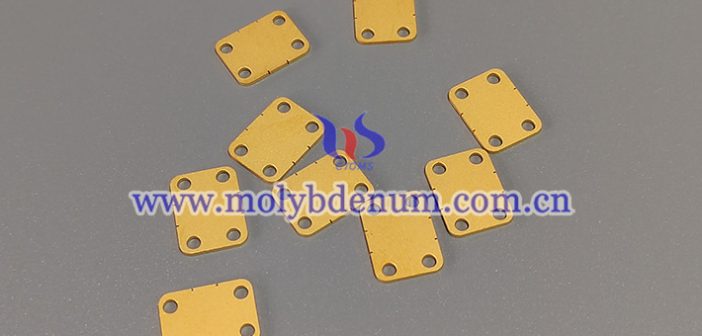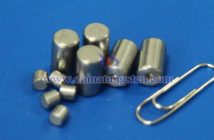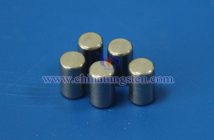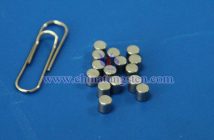As a high-performance electronic packaging material, molybdenum-copper alloy (MoCu) surface treatment technology plays a decisive role in improving the reliability and service life of the package. With the development of the packaging process in the direction of high density, miniaturization and extreme environment adaptation, the surface treatment of this alloy will also show a trend of high precision, multi-function and green environmental protection.
1. The main purpose of surface treatment of MoCu alloy
Improve solderability and bondability: The original molybdenum copper surface is prone to oxidation, and copper oxide is easily formed in the air on the copper surface, which affects the reliability of intermetal connections.
Improved surface roughness: It helps to form a more uniform and dense plating or bonding layer, and enhances the bonding strength of the material to other interfaces.
Provide conductive or protective coatings: Enhance their electrical properties and corrosion resistance by electroplating gold, silver, nickel and other metals.
Enhance the airtightness and reliability of the package: Appropriate surface treatment can effectively reduce defects such as interface microcracks and porosity, and improve the sealing effect and service life of the overall package structure.
2. Common surface treatment methods for MoCu alloys
1. Mechanical polishing and sandblasting
Mechanical methods (e.g., polishing, sandblasting) are often used for the initial removal of surface oxides and dirt to improve surface flatness and roughness control. Sandblasting can also increase surface activity, which is good for the adhesion of subsequent coatings, but the parameters need to be controlled to prevent damage to the molybdenum component.
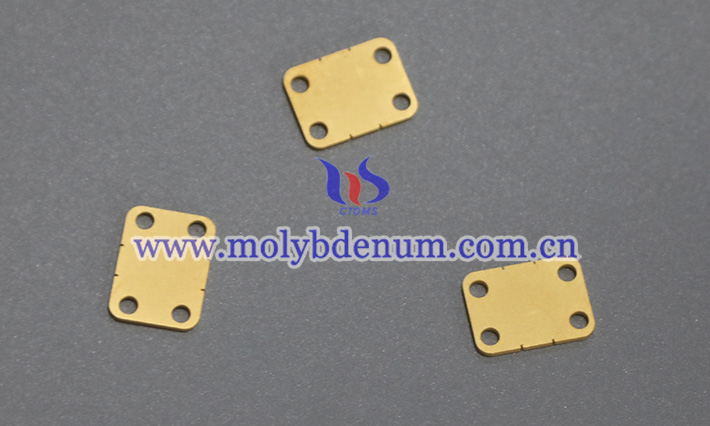
2. Chemical cleaning and etching
The use of acidic or alkaline solutions to etch the surface of molybdenum copper can effectively remove the oxide layer and impurities. For example, hydrofluoric acid has a dissolving effect on molybdenum, while nitric acid or ammonia has a good effect on copper surface treatment. This step facilitates the uniform deposition of the subsequent plating.
3. Electroplating nickel layer (Ni)
Coating the surface of molybdenum-copper alloy with an intermediate nickel layer is one of the commonly used treatments. The nickel layer can be used as a good adhesion layer to lay the foundation for subsequent plating of precious metals such as gold and silver. In addition, nickel itself also has certain anti-corrosion and welding properties, which is suitable for a variety of packaging process needs.
4. Metallized plating (Au, Ag, Pd, etc.)
According to the requirements of electronic devices, molybdenum copper can be electroplating or electroless plating of precious metal layers such as gold, silver, palladium, etc., to further improve its conductivity, oxidation resistance and solderability. For example, the gold layer has excellent chemical inertness and low contact resistance, making it suitable for high-reliability military or aerospace packaging.
5. Plasma treatment or laser surface modification
Through advanced surface modification technologies such as plasma cleaning, ion beam bombardment or laser cladding, the activity and cleanliness of the surface of molybdenum-copper alloy can be significantly improved, or nanoscale microstructures can be formed, and the interfacial bonding strength can be improved, which is especially suitable for precision microelectronic packaging applications.

